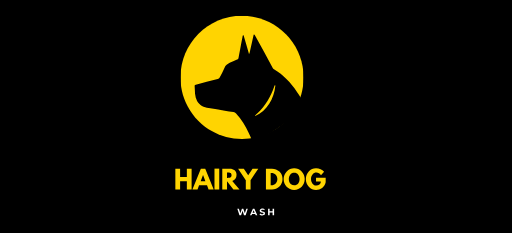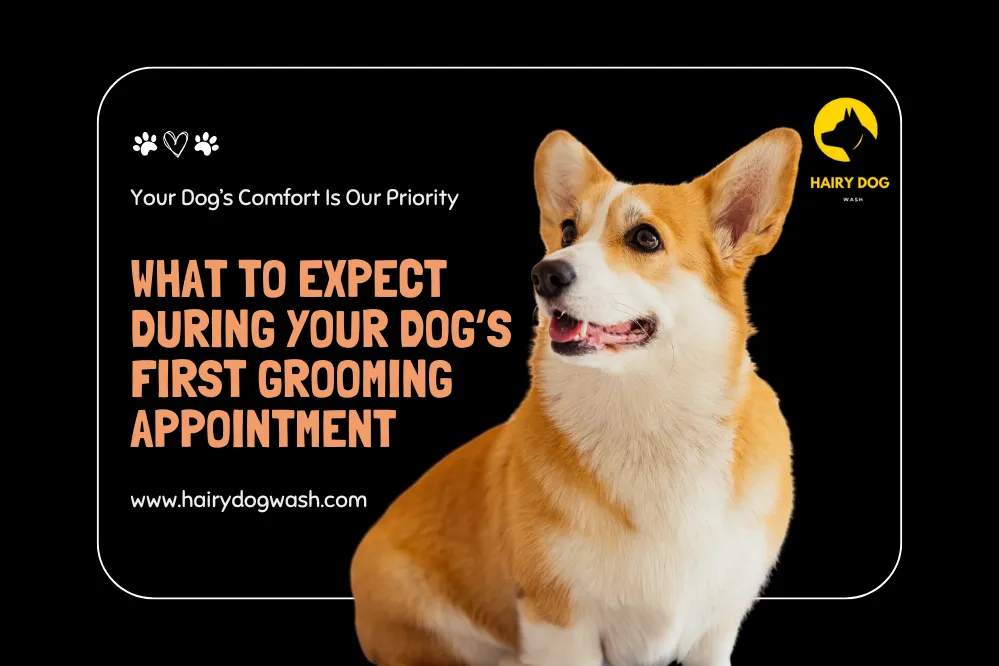Bringing your dog in for their first grooming appointment can be an exciting yet nerve-wracking experience. As a pet owner, you want to ensure that your dog feels comfortable and receives the best care. The grooming process is not just about cleaning your dog’s fur; it’s a way to maintain their health, cleanliness, and comfort. Whether your dog is a young puppy or an adult, their first grooming session is a crucial step in establishing a healthy grooming routine.
In this blog, we will walk you through what to expect during your dog’s first grooming appointment. From the initial check-in to the final touch-ups, we will cover each step of the process, offering tips on how to make the experience smoother for both you and your pet. The Hidden Harm of Dog Myths: Why Understanding Matters for You and Your Pet, read the full blog.
Before the Appointment: Preparing for the Big Day
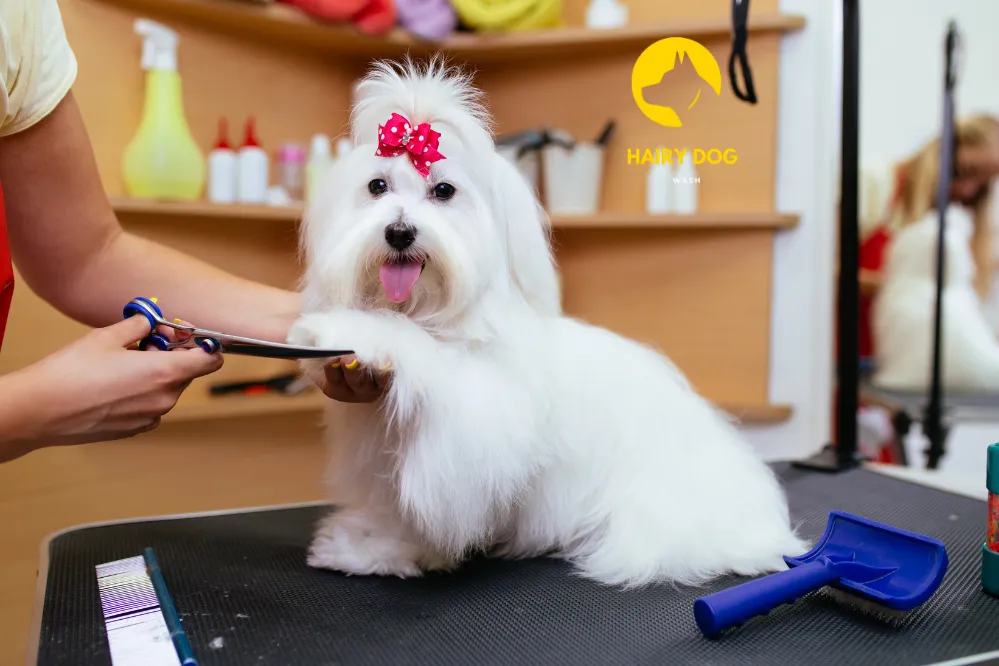
The first step in ensuring a smooth grooming experience begins before you even step foot in the grooming salon. Preparation is key to helping your dog feel more comfortable during their first grooming session.
First, make sure your dog is up-to-date on their vaccinations. Many grooming salons require proof of vaccinations before accepting a dog, as it helps ensure the safety and health of all animals involved. Additionally, make sure your dog is healthy and free from any skin issues or infections that could affect the grooming process. If your dog has any specific health concerns, such as allergies or sensitivity to certain grooming products, it’s important to notify the groomer in advance. Seasonal Grooming Tips: Keeping Your Pup Clean Year-Round, read the full blog.
Next, consider scheduling a grooming appointment during a quieter time of day, especially if your dog is nervous around new people or environments. Early morning or late afternoon appointments are often less crowded, making the experience less stressful for both you and your dog.
Finally, try to familiarize your dog with the grooming environment before the appointment. If possible, visit the grooming salon beforehand to let your dog get used to the smells and sounds of the facility. Some groomers may allow you to take a tour or observe other dogs being groomed, which can help ease your dog’s anxiety.
Checking In: The First Impressions Matter
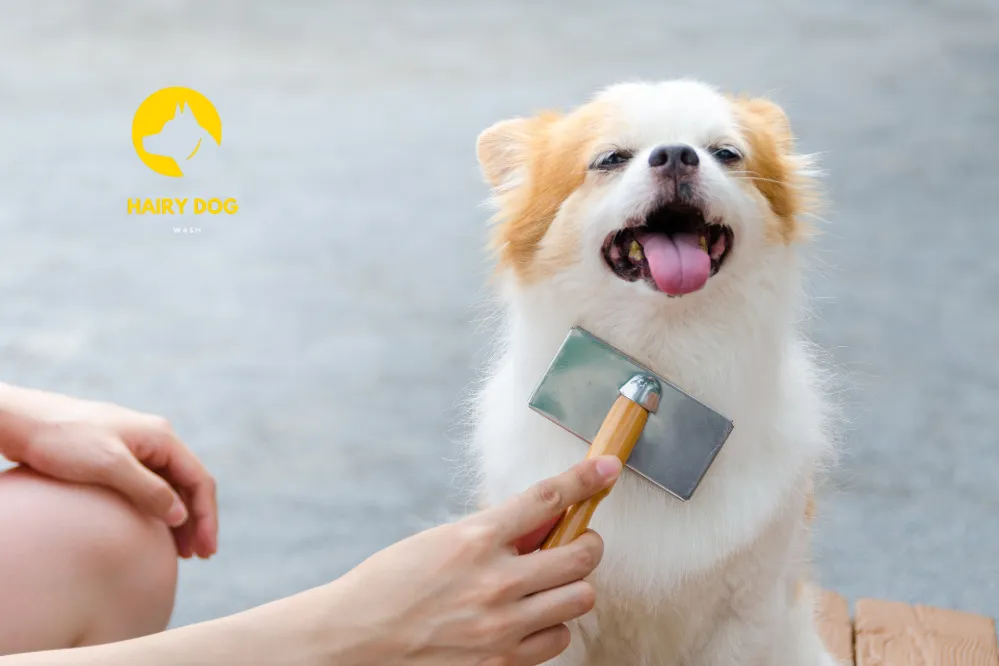
When you arrive at the grooming salon, the first thing you will do is check in with the receptionist. The staff will ask for basic information about your dog, including their breed, age, and any special grooming needs. They will also ask about any health concerns, behavioral issues, or sensitivities your dog may have.
It’s important to communicate your dog’s temperament, as this will help the groomer tailor the session to your dog’s needs. For example, if your dog is particularly nervous, they may take extra care to create a calm environment or work with your dog slowly. If your dog has never been groomed before, the groomer may take extra time to make them comfortable with the process. Top 10 Dog-Friendly Spots in Picayune, MS (After a Fresh Wash!), read the full blog.
The grooming staff will also ask about any specific grooming preferences you have for your dog. Do you want a particular haircut or style? Are there areas that need more attention, such as the paws or ears? Make sure to provide as much detail as possible to ensure your dog’s grooming session meets your expectations.
The Grooming Process: A Step-by-Step Overview
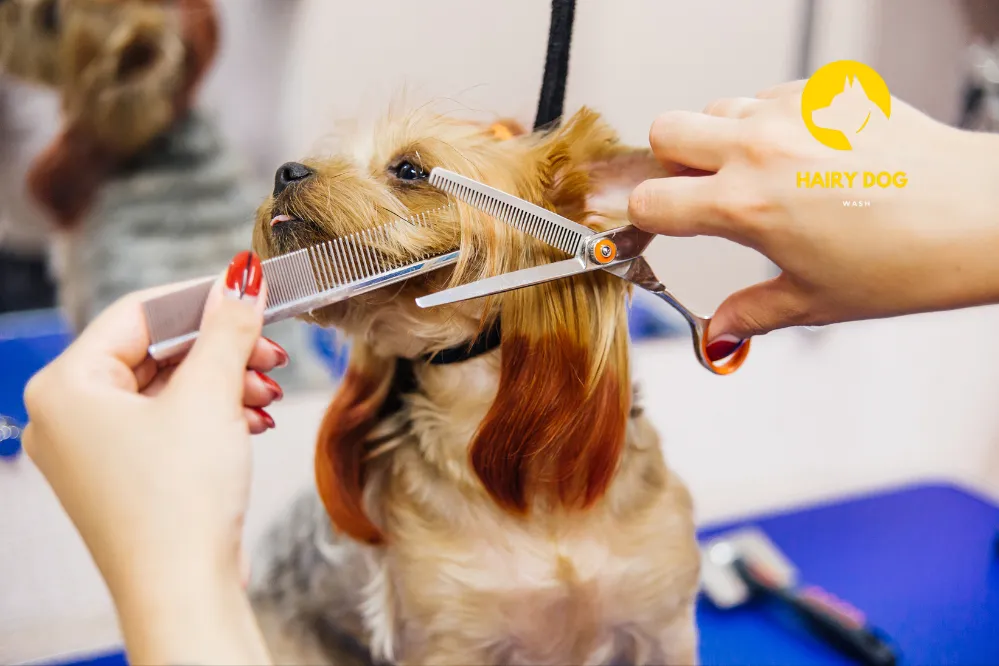
Once your dog is checked in, they will be taken to the grooming area. Depending on the salon, you may be allowed to stay with your dog or be asked to wait in a separate area. In either case, it’s helpful to remain calm and patient, as dogs can pick up on their owners’ emotions.
- Initial Assessment and Bathing: The first step of the grooming process usually begins with an initial assessment of your dog’s coat and skin. The groomer will check for any mats, tangles, or skin conditions that may need extra care. Afterward, they will begin the bathing process. Your dog will be gently bathed using a dog-specific shampoo that suits their coat type and skin sensitivity. If your dog has any skin conditions or allergies, the groomer will use a hypoallergenic or medicated shampoo to ensure their comfort. The bathing process can vary depending on your dog’s coat. Dogs with long fur or thick coats may require a longer bath to ensure they are thoroughly cleaned, while dogs with short coats may be cleaned more quickly. During the bath, the groomer will take care to avoid getting shampoo or water in your dog’s eyes, ears, or nose.
- Drying: After the bath, your dog will be dried using either a towel or a blow dryer. Some dogs may be sensitive to the sound of a blow dryer, so the groomer will take extra precautions, such as using a quieter dryer or working at a slower pace. The drying process is essential for preventing mats and tangles from forming and for ensuring your dog’s coat is soft and fluffy.
- Brushing and De-matting: Once your dog’s coat is dry, the groomer will begin brushing out any tangles or mats. Regular brushing is an important part of maintaining your dog’s coat, especially for breeds with long or thick fur. Brushing helps remove loose hair, dirt, and debris, while also stimulating the skin and promoting healthy hair growth. If your dog has any mats or tangles, the groomer will carefully work through them using specialized tools to avoid causing pain or discomfort. If your dog is particularly matted, the groomer may need to trim out the mats to ensure the coat is smooth and comfortable.
- Ear Cleaning and Nail Trim: As part of the grooming process, the groomer will also clean your dog’s ears. This is important for preventing ear infections, especially in breeds with floppy ears. The groomer will use a safe, gentle ear cleaner to remove wax and debris from the ear canal. Nail trimming is another crucial part of the grooming session. Overgrown nails can cause discomfort and even lead to injury. The groomer will carefully trim your dog’s nails, ensuring that they are the right length and shape. If your dog has sensitive nails or has never had their nails trimmed before, the groomer will take extra care to avoid cutting too close to the quick, which could cause bleeding.
- Haircut (If Applicable): If you’ve requested a specific haircut for your dog, the groomer will begin trimming your dog’s fur. Depending on the breed and desired style, the groomer may use clippers or scissors to achieve the perfect look. If your dog has a coat that requires regular trims, the groomer may offer advice on how often to schedule grooming sessions to maintain the coat’s appearance.
Post-Grooming: The Final Touches and Pick-Up

Once the grooming process is complete, the groomer will give your dog a final once-over, ensuring that everything is tidy and in place. If your dog had a haircut, the groomer will make sure that the style is even and symmetrical. They will also check for any missed areas, such as the paws or face.
At this point, your dog may be ready to go home. The groomer will give you a quick overview of the session, including any issues that arose during the grooming process. If your dog has sensitive areas, such as their paws or ears, the groomer may offer tips on how to care for these areas at home.
You will then be able to pick up your dog, who will likely look and smell great after their first grooming experience. Many dogs feel more comfortable and relaxed after a grooming session, as it can help alleviate itching, irritation, and discomfort caused by mats or overgrown fur.
How to Make Your Dog’s First Grooming Appointment Easier
While most dogs adapt to grooming sessions over time, it’s normal for your dog to feel a little anxious or nervous during their first grooming appointment. Here are a few tips to make the experience as smooth and stress-free as possible:
- Start Early: The earlier you begin grooming your dog, the more accustomed they will be to the process. Puppies that are introduced to grooming early on are usually more relaxed during future sessions. If you have an adult dog, don’t worry; it’s still possible to get them used to grooming with patience and consistency.
- Use Positive Reinforcement: Praise your dog and offer treats during the grooming process. Positive reinforcement helps create a positive association with grooming, making it less stressful for your dog in the future.
- Choose the Right Groomer: Look for a groomer who has experience working with your dog’s breed and temperament. A good groomer will take the time to understand your dog’s needs and make them feel comfortable throughout the session.
Conclusion
Your dog’s first grooming appointment is an important milestone in their life. While it may seem overwhelming at first, it is an essential part of maintaining their health, comfort, and cleanliness. By preparing for the appointment, communicating with the groomer, and taking steps to reduce your dog’s anxiety, you can help ensure that the experience is a positive one.
Remember that grooming is not just about making your dog look good – it’s about keeping them healthy, happy, and comfortable. With regular grooming sessions, your dog will enjoy a clean, well-maintained coat and the benefits of improved hygiene, better skin health, and a more relaxed demeanor.
At the end of the day, the goal is to make your dog feel their best, and by taking the time to ensure they have a pleasant first grooming experience, you’re setting the stage for many more grooming sessions in the future.
